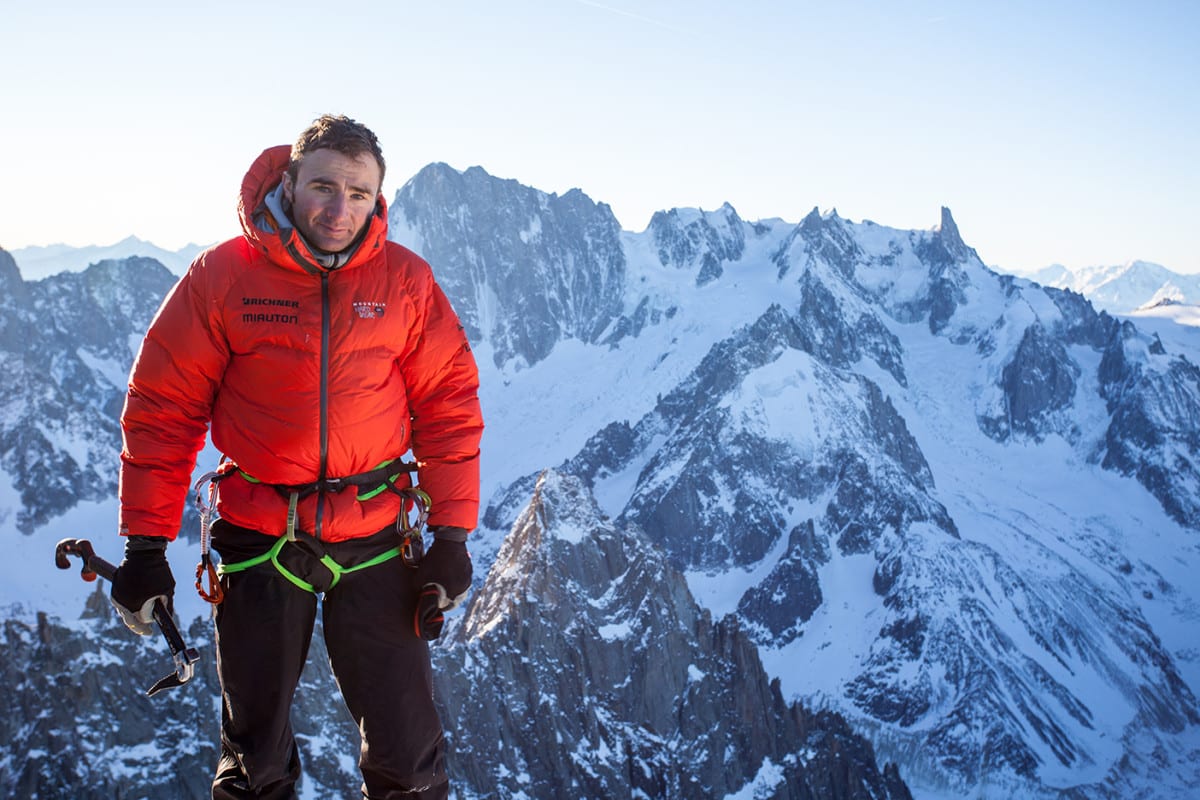Death visits Mount Everest each season with the reliability of a monsoon, and this year was no different. What was different was the ironic nature of the deaths on Everest in 2017. On a mountain where inexperienced climbers routinely die, it was actually the mountaineer with the most experience, skill, and talent who died first.
Ueli Steck, perhaps the best mountaineer in the world, fell on April 30 during solo acclimatization run up Nuptse, a 7,800-meter peak near Everest. Steck had originally planned on acclimatizing on the normal Everest route, but for whatever reason, he changed his plans last minute and headed to Nuptse, leaving at 4:30 a.m. Steck climbed to an altitude of 300 meters below the summit. Various climbers in the area reportedly saw Steck fall from this position, ultimately tumbling around 1,000 meters down the mountain.
The exact cause of his fall remains unknown, although the circumstances of his fall do seem odd. How could this have happened to someone like Ueli Steck?
The response to his death was largely one of deferential shock. “I had not expected that, at age 40 and with his enormous level of mountaineering experience, he would fall at this point in his career,” said Reinhold Messner in an interview. “He was someone who knew exactly what he was doing.”
It’s a haunting thing to consider that even the best among us aren’t protected from bad luck or, worse, human error. Still … luck (both good and bad) is pretty rare. And as Messner seems to be pointing out, for someone of Steck’s caliber and experience, human error seems even less likely.
We may never know what happened to Ueli Steck, high on Nuptse, but I do find it interesting to consider the disparate and often dishonest narratives that emerge in the wake of a climbing tragedy. When it comes to making sense of senseless death—and really, aren’t all climbing-related deaths “senseless” in hindsight?—what we’re “allowed” to say publicly is often very different from what we tell ourselves privately or whisper in confidence to those whom we trust.
A few weeks after Steck’s death, a strange report emerged about how a group of guided climbers, apparently on a budget commercial trip, were found dead in their tents during a period of good weather.
Before any further details had emerged, various climbers, guides, and pundits preyed on this story as if it were delicious carrion, using it to launch the usual salvos of criticism against Everest culture that date back to Into Thin Air. Mostly, folks attacked the unregulated commercialism on the mountain, as well as the inability of the climbers themselves to to honestly balance their ambitions with their skills.
The problem was, the story turned out to be bullshit. No one died that week on Everest, and it’s still unclear how this story made its way onto the international news wire. The story began to change. First, bodies in a tent were found, but they were subsequently presumed to be unidentified remnants of a past season. Then, it turned out maybe no bodies were found and the whole thing was perhaps just a morbid oxygen-starved hallucination.
Yet, it could have happened, which certainly helps explain the reaction to the fake news story.
“Death is not the opposite of life, but a part of it.” Haruki Murakami, one of my favorite authors, wrote that beautiful sentence.
Indeed … just as there is ugliness in life there is ugliness in death, too. Just as we hold people to double standards in life, so too do we in death. “Celebrity” climbers we revere often are excused from the kind of postmortem autopsy of ambitions, skills, and decisions that others receive when they die doing the exact same sport, albeit at a lower level.
I wonder why?
Maybe that’s the wrong question, though. Maybe the question isn’t why the double-standard, but why do we feel the need to weigh in on any fellow climber’s death? Perhaps the answer is that we seem to want to give outsized meaning to someone’s life, especially when that someone is an idol. On the other hand, we also seem prone to turning the deaths of those who we don’t feel particularly connected to into opportunities to make ourselves feel better or more secure about our own life.
Who knows? I’m as guilty of all of this as everyone else. But I will say that the canonizations that take place for our best and most beloved fallen climbers often feel as dishonest as the judgments and criticisms that befall those are held to different standards.
So, with that, I leave everyone with this poem from Langston Hughes:
Life is for the living.
Death is for the dead.
Let life be like music.
And death a note unsaid.




Nuptse is 7,861 meters – not a ‘6,000 meter peak’. It’s also not across the valley from Everest – it’s part of the Everest massif.
Thanks, corrected